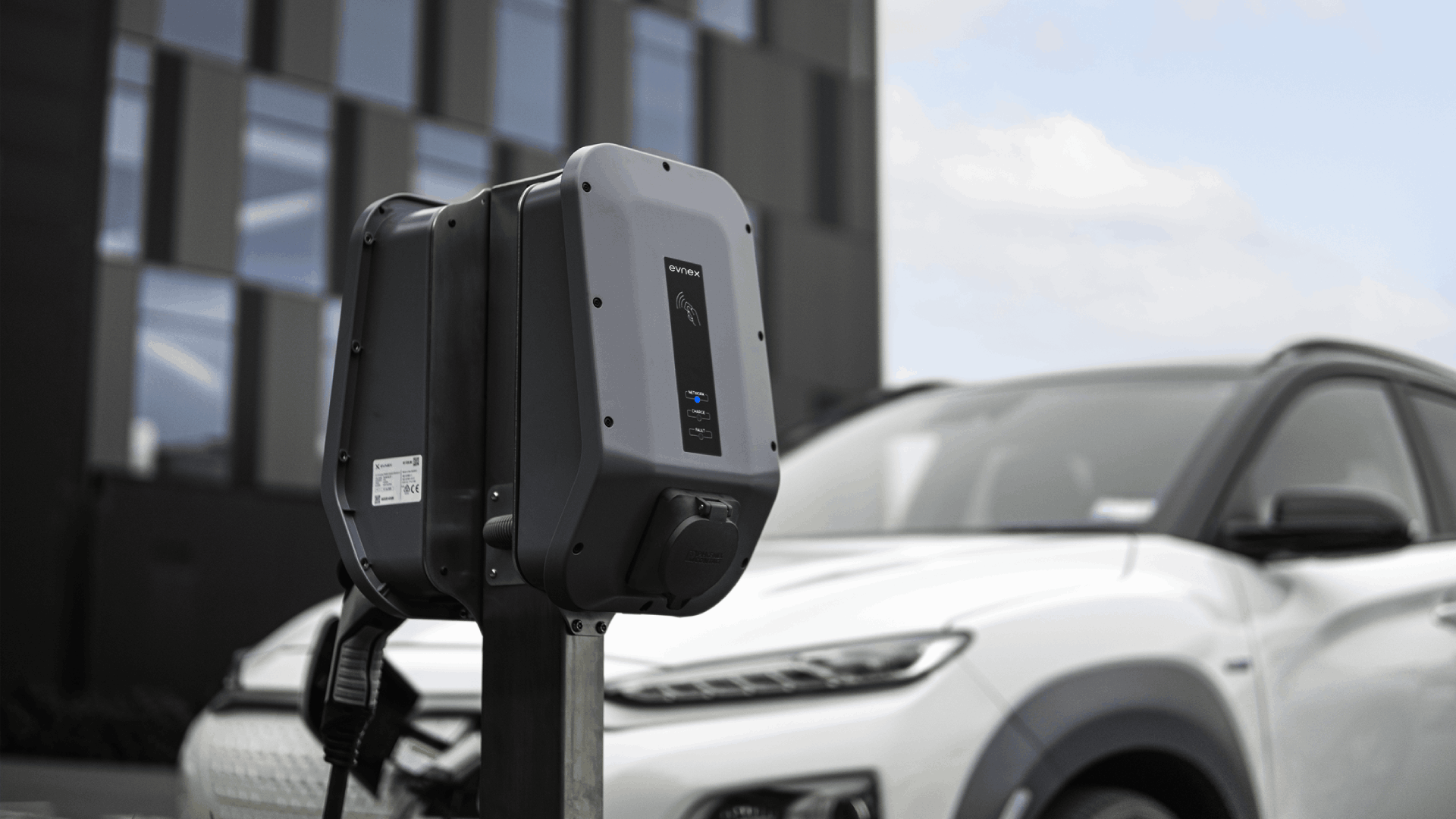EV policy in action: the Australian election aftermath

FBT, NVES, rebates, and more — post-election Australia is considering its electric future. Here's what's in store for 2025 and beyond.
Looking to electrify at home? Explore our options.
The dust has settled on Australia’s federal election. In early May this year, EV drivers and clean energy advocates found cause for renewed optimism; and months on, it’s clear the Labor government has only built on the momentum it established in its previous term.
In the first half of 2025, EVs accounted for over 12% of all new car sales — up from 9.6% during the same period in 2024.
Current EV policy in Australia includes:
- An FBT exemption for EVs
- The New Vehicle Efficiency Standard (NVES)
- A confirmed $39.3 million fast‑charging network on national highways
- The Cheaper Home Batteries Program
These policies give EV owners, battery builders, and solar-savvy homeowners a clearer path forward.
Novated leases and the FBT exemption
Labor’s re-election means (currently) there are no changes to Fringe Benefits Tax (FBT) for EVs, protecting novated lease benefits that represent nearly 40% of EV purchases. This stability is crucial for drivers wanting:
- 100% pre‑tax salary to cover lease payments
- Zero FBT burden
- Thousands in GST savings on purchase and operations
- The ability to claim back out-of-pocket charging costs through the lease provider.
Ultimately this means EVs are more accessible to a wider range of circumstances and income levels, which can only be a good thing.
However, the Productivity Commission has recently recommended phasing out the FBT exemption for EVs — this could be a step backward for electrification. In an ideal world, we’d like to see the exemption remain in place and see an additional FBT exemption for EV chargers.
The NVES is reshaping the auto market
The New Vehicle Efficiency Standard became effective on January 1, and by April new records had been set: EVs and PHEVs combined hit 14% of new car sales in March.
This kind of policy is common overseas, and long overdue here. Outcomes include:
- Bringing more EV models into the Aussie market
- Encouraging better deals for drivers
- Lower emissions
- Reduced fuel costs
Cheaper home batteries: here at last
The $2.3 billion Cheaper Home Batteries Program was launched on July 1. It offers a 30% discount on batteries (around $330–$370 per usable kWh), up to 50 kWh. This means up to $5,000 in rebates for a 13.5kWh battery like a Tesla Powerwall 3.
This is a major win for anyone looking to store solar and power their EV with sunshine.
Cheaper home batteries eligibility criteria:
- Batteries must be VPP-ready
- Eligible for properties with rooftop solar
- Open to households, small businesses, renters, and community groups
Caveats: choose reputable brands and installers, and don’t fall for “too good to be true” deals.
Driving the Nation Fund: building the best for Australia's EVs
The Australian Government is actively investing in the expansion of electric vehicle infrastructure through its Driving the Nation Fund. This initiative is designed to support the country's transition to cleaner and more sustainable transport options.
Among the benefits for fleets and heavy battery electric vehicles is one stand-out investment in EV infrastructure: the National EV Charging Network.
This is a $39.3 million investment in partnership with the NRMA, funding the construction of more than 100 fast-charging stations across Australia's national highways.
This effort aims to ensure a fast charger is available every 150 kilometres, making road trips free of range anxiety.
A picture of affordable EV charging in Australia
It’s Saturday morning. Your EV — leased through work — is topped up and ready to roll, thanks to a mix of free solar and cheap off-peak power. You didn’t have to think about it. The charger took care of that overnight, and your battery kept your fridge and Wi-Fi humming through last night’s outage, too.
You’ve got the weekend to yourself. No fuel stops to plan, no oil changes to schedule, no guilt about city traffic. You’re driving a BYD Shark — a new model that arrived in Australia thanks to the new vehicle efficiency rules. It’s smoother, quieter, and cheaper to run than anything you’ve owned before.
Out in the suburbs, smart batteries line garage walls. They store excess solar, talk to the grid, and help keep energy prices in check. Yours is one of them. You didn’t need to jump through income hoops to get the rebate. You just picked a good installer, and now you’re paying less for power, emitting less carbon, and charging your car with your own roof.
Owning an EV in 2025 means plugging into a smarter, cleaner system — one that finally feels like it was designed for you.
If you’re interested in making the switch to electric, we can help.
Learn more about the policies:
New Vehicle Efficiency Standard (NVES):
Cheaper Home Batteries Program:
FBT exemption for EVs:
Driving the Nation Fund


